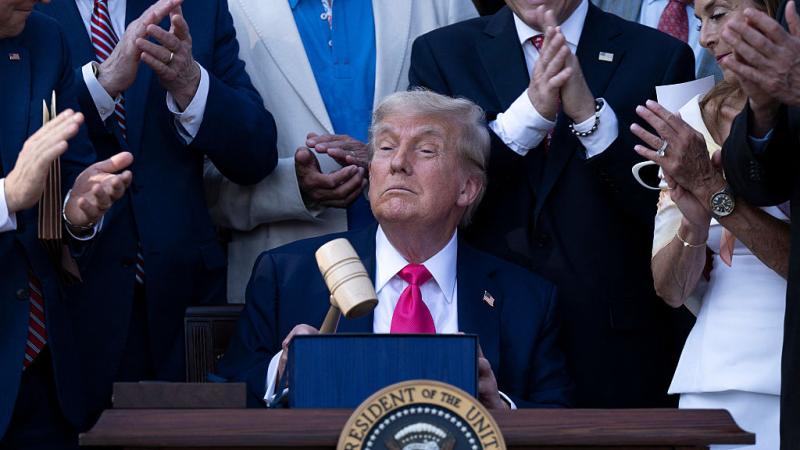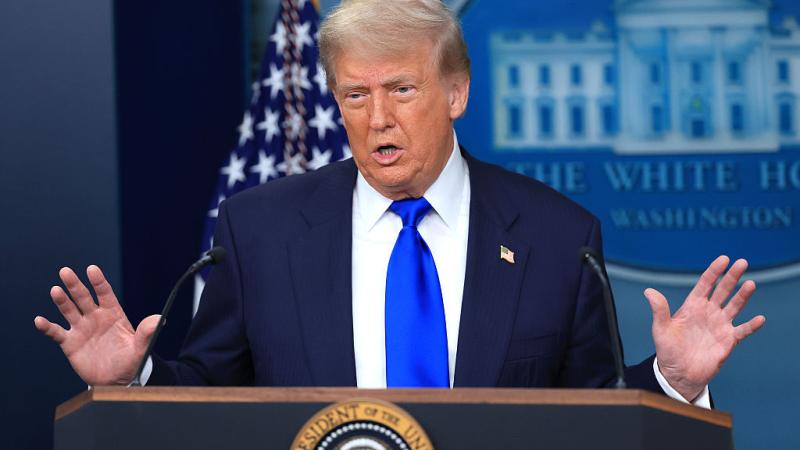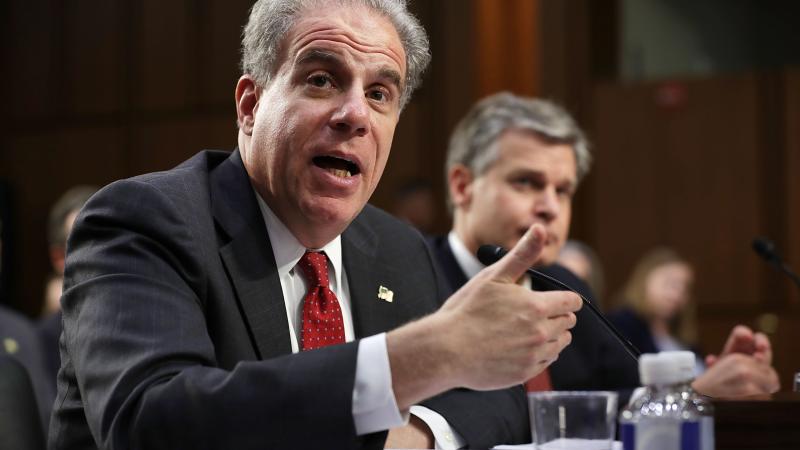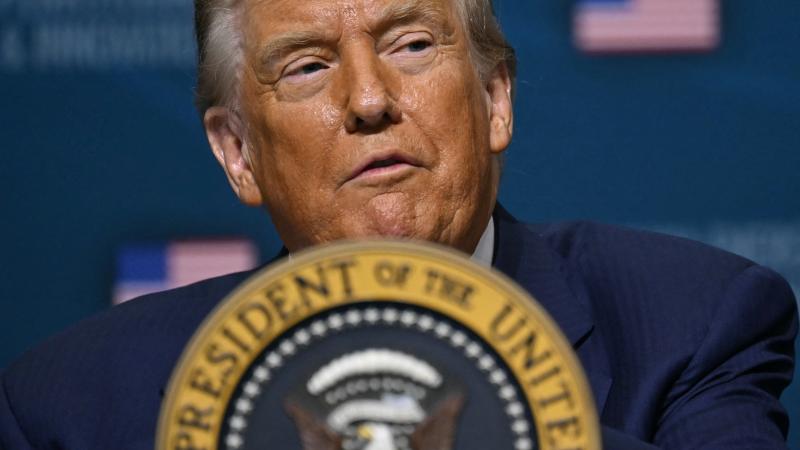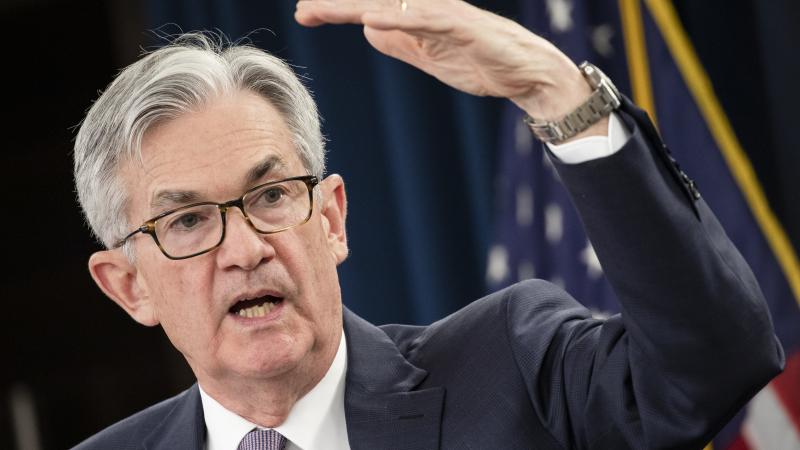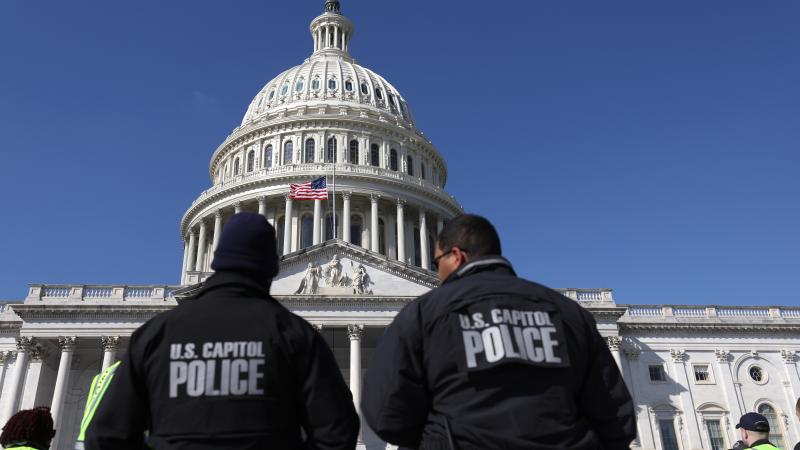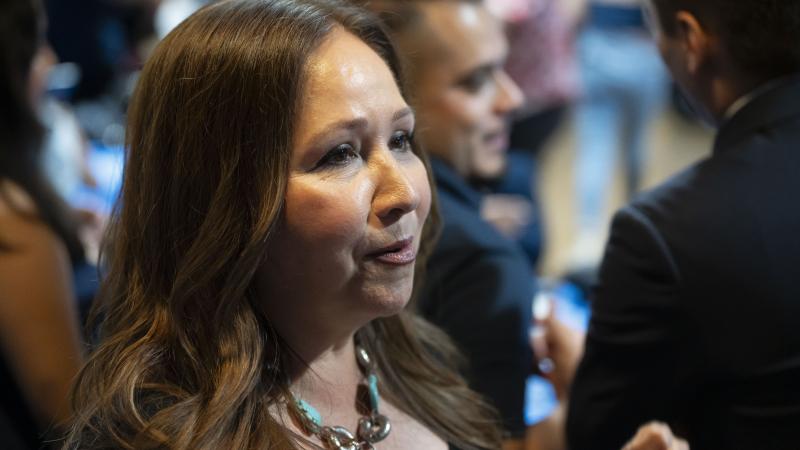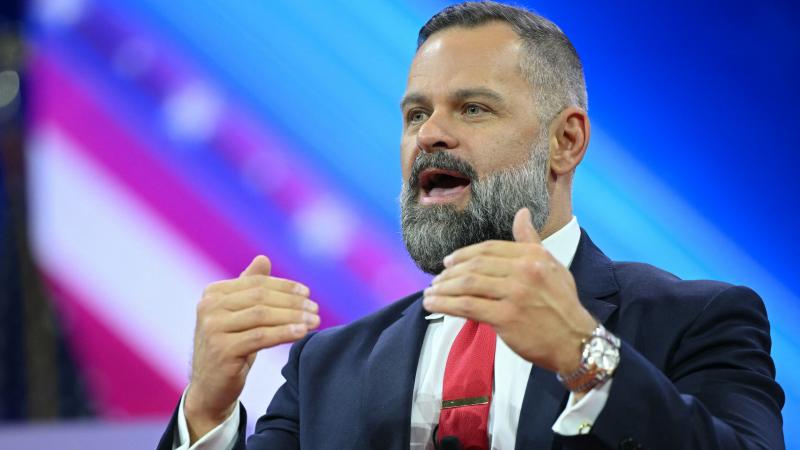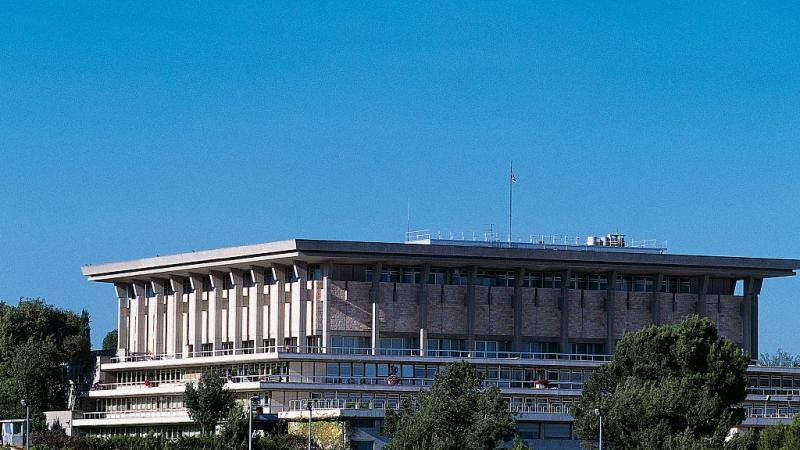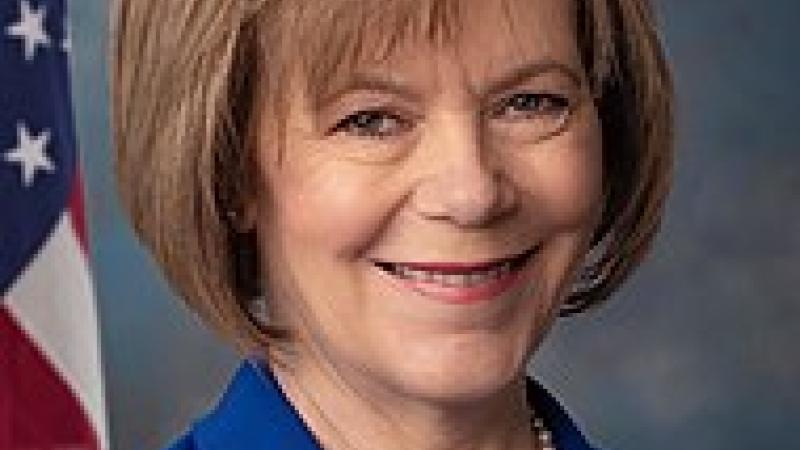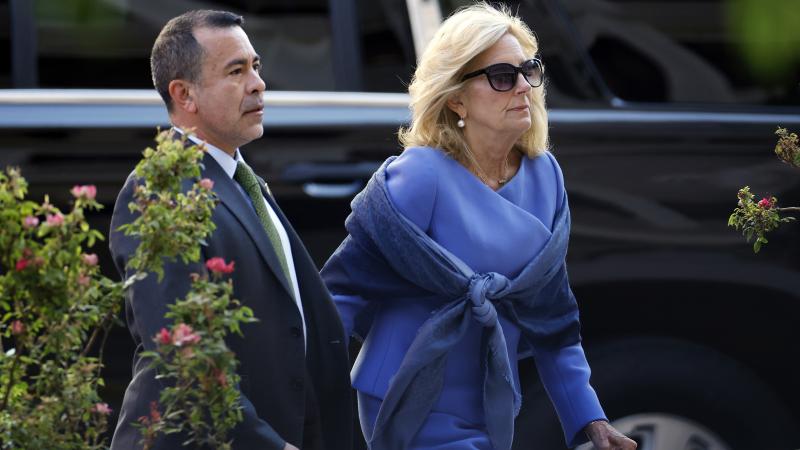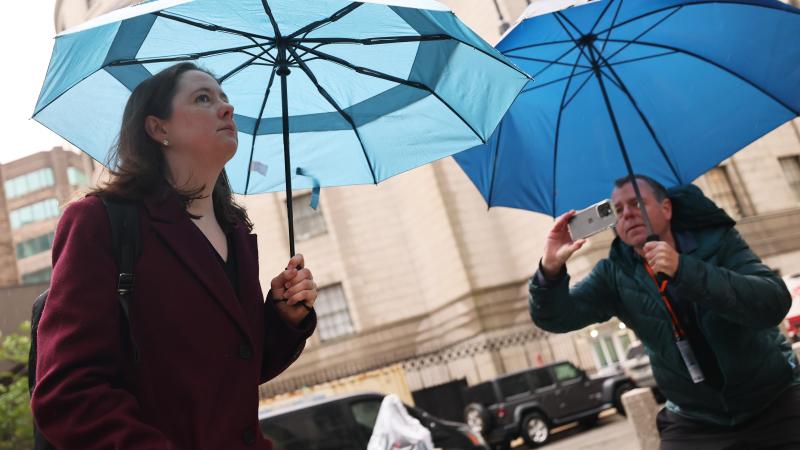Canada wanted Trudeau out, but backed a close replacement after Trump casts a shadow on election
‘Trudeau 2.0’: Carney’s rise came through unconventional means as he secured the premiership without holding a seat in Parliament. Canadians' unfavorable view of Trump was a major factor in Carney's election.
Newly elected Canadian Prime Minister Mark Carney replaced the highly unpopular Justin Trudeau as leader of the Liberal Party and restored the left's ailing brand to cruise to victory in this week’s elections, despite his record of support for positions similar to or even to the left of Trudeau.
Carney’s rise came through unconventional means as he secured the premiership without holding a seat in Parliament. He previously served as the governor of the Bank of Canada from 2008-2013 and as governor of the Bank of England from 2013-2020. Carney entered the Liberal Party leadership race in January, claimed victory, and was sworn into office ahead of the elections that confirmed his position.
While on the campaign trail, Carney struck a relatively moderate tone, highlighting his financial experience amid fears of a protracted trade war with the United States, while seemingly moderating his climate stances. But the Canadian leader’s election has people pointing to his past statements on climate change to suggest he may deliver Canadians much more of the Trudeau agenda than they may have wanted.
Pushed for green incentives
In mid-March, Carney eliminated a consumer carbon tax on his first day in office, asserting that he did so to aid struggling citizens but would maintain his commitment to climate action nonetheless. He ran for the Liberal Party leadership on making such a move.
"This will make a difference to hard-pressed Canadians, but it is part of a much bigger set of measures that this government is taking to ensure that we fight against climate change, that our companies are competitive, and the country moves forward," he said, according to the CBC.
Ahead of that move, analysts found Carney’s climate platform to be “more carrot, less stick” by extending an output-based pricing system (OBPS) through 2035 to reward private firms for addressing their emissions. Writing for Clear Blue Markets in February, Nanaki Vij further focused on the plans to incentivize green buildings and electric transportation, while making financial reforms to encourage “transition investments.”
While campaigning, Carney primarily embraced his financial background and leaned into that expertise when discussing climate, while remaining focused primarily on the economy and trade with the United States. He did, however, point to the financial sector as an engine for driving climate-based reforms.
"We have an enormous opportunity to bring climate change into the heart of every financial decision,” he said in January.
Prior to running for party leader, Carney was decidedly more in favor of top-down regulatory requirements to reach net-zero emissions. He has long been an advocate for climate-based proposals and previously served as UN Special Envoy on Climate Action and finance. In a 2021 article for the UN's climate change webpage, he supported mandatory carbon disclosure for large companies. He also insisted that the establishment of government guidelines would force climate-based change in the private sector.
“For example, in the European Union and United Kingdom, there are moratoria on internal combustion engine cars after 2030,” he wrote. “That tells industry what needs to change between now and then.”
A pivot on fossil fuels
Though he retained the Liberal commitment to achieving net zero emissions by 2050, Carney backed domestic energy production through an array of renewables, nuclear, and fossil fuels, marking a contrast from his past rejections of the latter. The contrast became a focal point for conservative criticisms during the election.
“Mark Carney claims he is pro-Canadian energy and anti-carbon tax, but that's the opposite of everything he stood for before the Liberal leadership race,” wrote Conservative Parliamentary candidate Dr. Leslyn Lewis in March. “Carney might be flip-flopping now, but if in power, his climate policies will be even more destructive than Trudeau's.”
Under Carney, the party championed an “East-West electricity grid” that they said would “unleash clean growth across the country, connecting more homes and businesses to the power of clean electricity and attracting new investments in resource projects.”
But the Canadian PM paired his support for clean energy with more traditional methods, telling supporters in conservative Alberta that “[t]o build the strongest economy in the G7 we need to develop both clean energy and the lowest carbon conventional energy.” He further backed expediting energy project approvals to help Canada “dominate” the energy market.
Carney previously led the Glasgow Financial Alliance for Net Zero (GFANZ) and advocated against the use of fossil fuels in order for nations to reach net-zero targets. His pivot drew skepticism from conservatives, who seized on comments from then Environmental Minister Steven Guilbeault, who said in January that he had spoken to Carney and was confident he supported a cap on oil and gas emissions.
“Well there you have it Canada. Mark Carney unequivocally supports the shut it all down climate agenda of the current federal Liberal government,” Alberta Environment and Protected Areas Minister Rebecca Schulz said at the time.
Trump's shadow agitates Canadian voters
Trudeau left office with an approval rating in the low 30s and a disapproval figure nearing 60%, depending on the poll. His Liberal Party had been expected to face a crushing defeat in the snap elections, with Pierre Poilievre’s Conservatives boasting a 92% chance of winning in mid-January, according to Polymarket betting odds. With Carney at the helm, however, the Liberals saw the odds nearly reverse, with a 76.6% chance of victory a week away from the election. Ultimately, Carney’s party won a plurality of seats and appears poised to form a minority government.
But despite opponents’ warnings that a Carney ministry would be “Trudeau 2.0” and the Liberals fielding a candidate with a record closely aligned with his predecessor (and arguably to his left), the Canadian electorate evidently chose to keep their frustrations to Trudeau himself.
Undeniably moving the needle in favor of Carney was the trade war with Washington and talk of the United States annexing Canada as its 51st state. The trade standoff allowed Carney to strike a defiant, nationalist tone and use his position as both the incumbent and a longtime financial expert to cast himself as the best-suited figure to take on Trump.
The issue of the trade war ultimately overshadowed everything else, and polling data showed that the issue of Trump himself was a driving factor for many Liberal Party voters, especially Baby Boomers. Headlines blared "Canadians despise Trump and distrust US" and "Canadians sour on the U.S. as Trump looms large, polling reveals." It remains to be seen if Carney's favorability ratings rise and fall with his constituent's views on Trump the person, and his policies.
